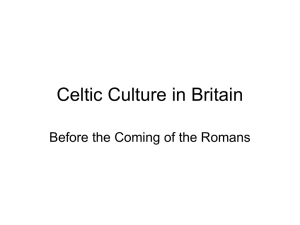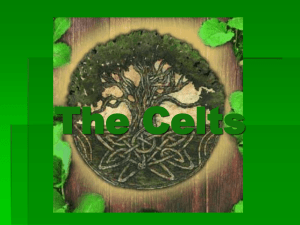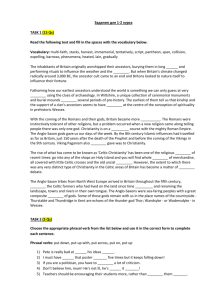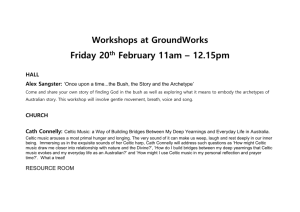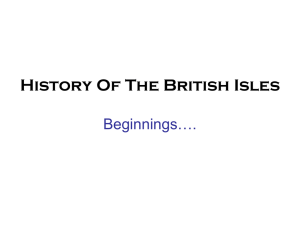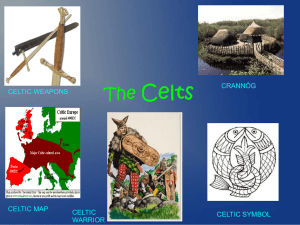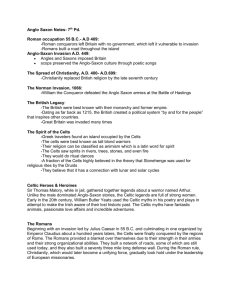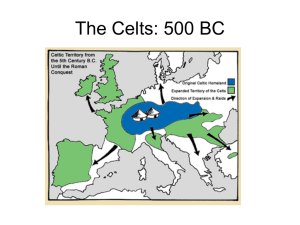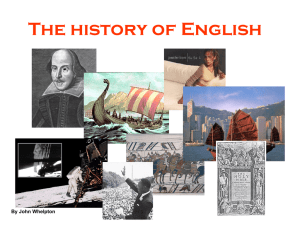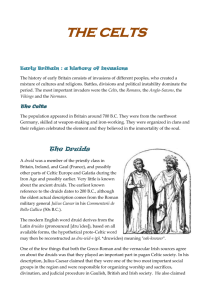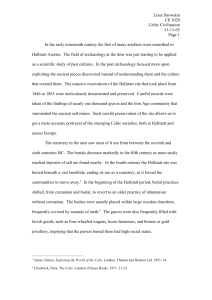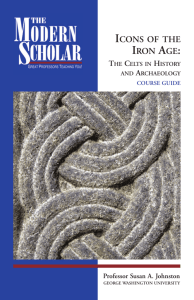Session 01 - Hamilton Trust
advertisement
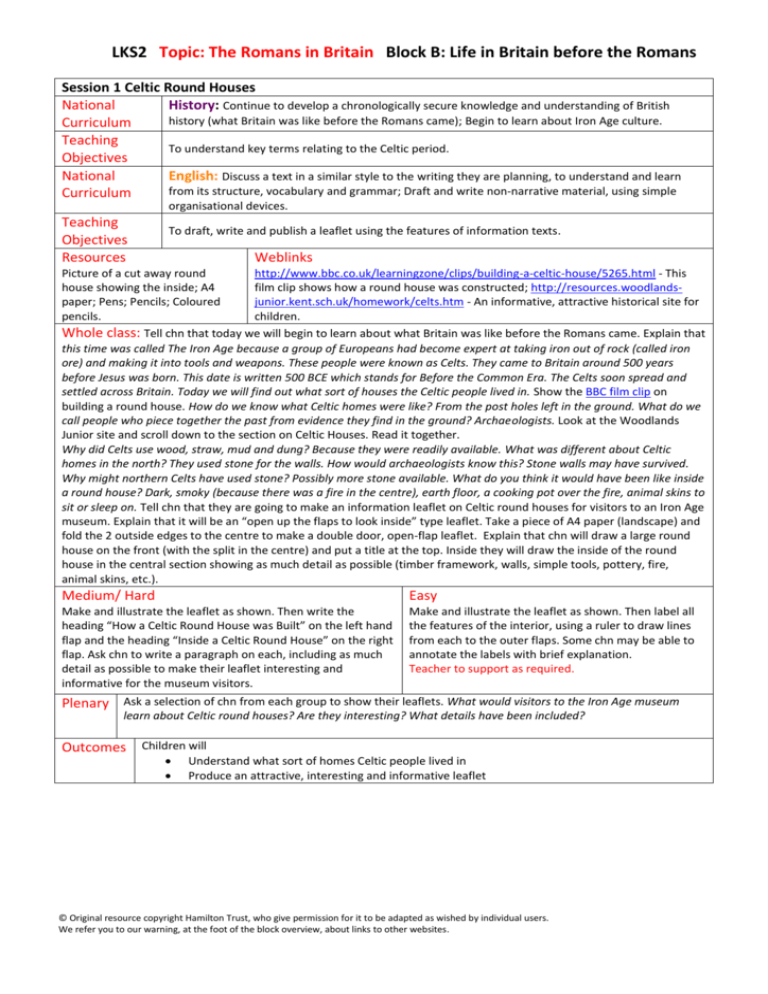
LKS2 Topic: The Romans in Britain Block B: Life in Britain before the Romans Session 1 Celtic Round Houses National History: Continue to develop a chronologically secure knowledge and understanding of British history (what Britain was like before the Romans came); Begin to learn about Iron Age culture. Curriculum Teaching To understand key terms relating to the Celtic period. Objectives National English: Discuss a text in a similar style to the writing they are planning, to understand and learn from its structure, vocabulary and grammar; Draft and write non-narrative material, using simple Curriculum organisational devices. Teaching Objectives Resources To draft, write and publish a leaflet using the features of information texts. Weblinks Picture of a cut away round http://www.bbc.co.uk/learningzone/clips/building-a-celtic-house/5265.html - This house showing the inside; A4 film clip shows how a round house was constructed; http://resources.woodlandspaper; Pens; Pencils; Coloured junior.kent.sch.uk/homework/celts.htm - An informative, attractive historical site for pencils. children. Whole class: Tell chn that today we will begin to learn about what Britain was like before the Romans came. Explain that this time was called The Iron Age because a group of Europeans had become expert at taking iron out of rock (called iron ore) and making it into tools and weapons. These people were known as Celts. They came to Britain around 500 years before Jesus was born. This date is written 500 BCE which stands for Before the Common Era. The Celts soon spread and settled across Britain. Today we will find out what sort of houses the Celtic people lived in. Show the BBC film clip on building a round house. How do we know what Celtic homes were like? From the post holes left in the ground. What do we call people who piece together the past from evidence they find in the ground? Archaeologists. Look at the Woodlands Junior site and scroll down to the section on Celtic Houses. Read it together. Why did Celts use wood, straw, mud and dung? Because they were readily available. What was different about Celtic homes in the north? They used stone for the walls. How would archaeologists know this? Stone walls may have survived. Why might northern Celts have used stone? Possibly more stone available. What do you think it would have been like inside a round house? Dark, smoky (because there was a fire in the centre), earth floor, a cooking pot over the fire, animal skins to sit or sleep on. Tell chn that they are going to make an information leaflet on Celtic round houses for visitors to an Iron Age museum. Explain that it will be an “open up the flaps to look inside” type leaflet. Take a piece of A4 paper (landscape) and fold the 2 outside edges to the centre to make a double door, open-flap leaflet. Explain that chn will draw a large round house on the front (with the split in the centre) and put a title at the top. Inside they will draw the inside of the round house in the central section showing as much detail as possible (timber framework, walls, simple tools, pottery, fire, animal skins, etc.). Medium/ Hard Easy Make and illustrate the leaflet as shown. Then write the heading “How a Celtic Round House was Built” on the left hand flap and the heading “Inside a Celtic Round House” on the right flap. Ask chn to write a paragraph on each, including as much detail as possible to make their leaflet interesting and informative for the museum visitors. Make and illustrate the leaflet as shown. Then label all the features of the interior, using a ruler to draw lines from each to the outer flaps. Some chn may be able to annotate the labels with brief explanation. Teacher to support as required. Plenary Ask a selection of chn from each group to show their leaflets. What would visitors to the Iron Age museum learn about Celtic round houses? Are they interesting? What details have been included? Outcomes Children will Understand what sort of homes Celtic people lived in Produce an attractive, interesting and informative leaflet © Original resource copyright Hamilton Trust, who give permission for it to be adapted as wished by individual users. We refer you to our warning, at the foot of the block overview, about links to other websites.
